Year: 2025
-
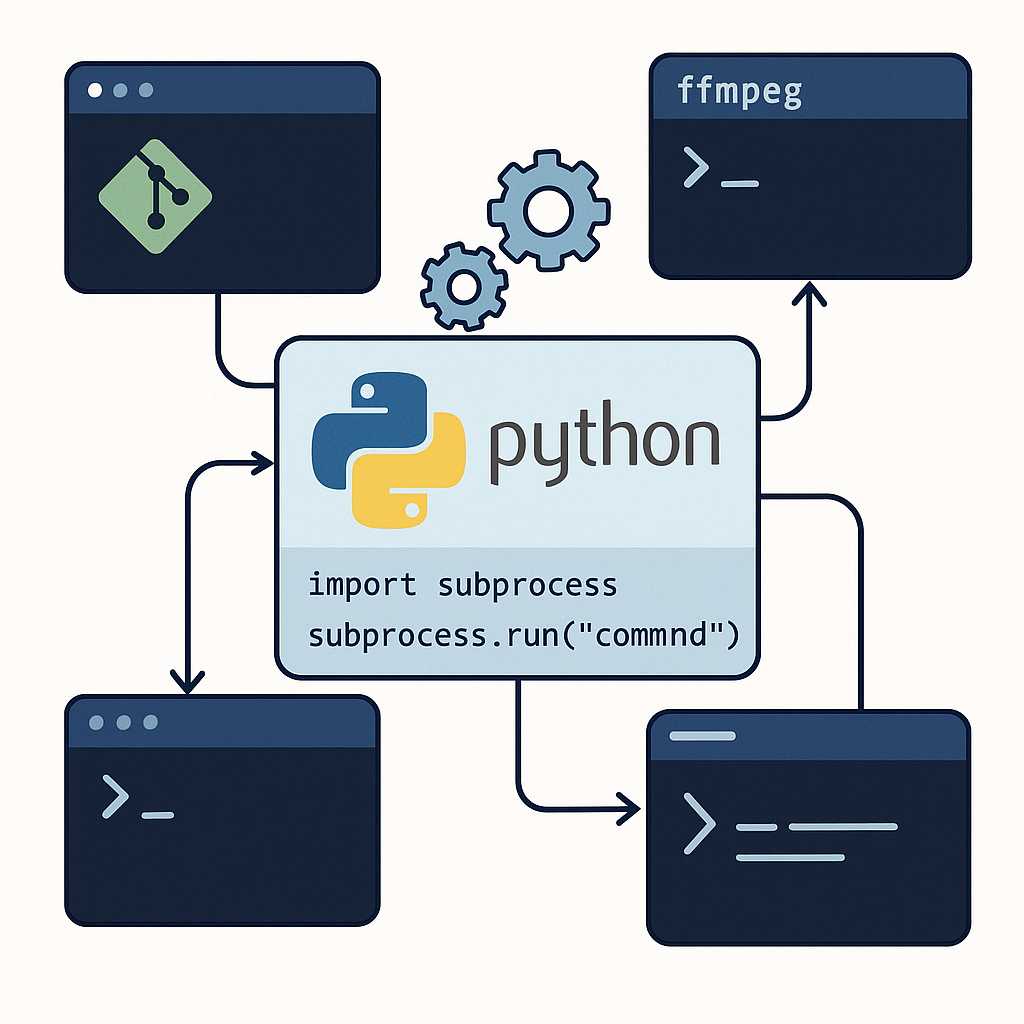
Automate Your Workflow with Python’s `subprocess` Module
As Python programmers, we’re always looking for ways to seamlessly automate repetitive tasks and glue disparate tools together. The subprocess module is one of Python’s most powerful—but often underappreciated—tools for bridging the gap between your Python scripts and the rest of your system. In this article, I’ll walk you through using the subprocess module to…
-

E-Commerce in WordPress: Selling Physical Goods and SaaS Products
WordPress is no longer just a platform for bloggers; it has evolved into a powerful tool for building fully functional e-commerce sites. Whether you want to sell shippable merchandise or digital SaaS products, WordPress provides the flexibility and extensibility to meet your needs. Selling Shippable Merchandise The most common scenario for e-commerce is selling physical…
-

Mastering Advanced User Roles and Permissions in WordPress
As your WordPress site grows, managing user access becomes crucial—especially if you’re developing complex projects, running a membership site, or collaborating with a large team. While WordPress ships with user roles and capabilities out of the box, customizing these can give you powerful flexibility over who can do what on your site. Today, I’ll show…
-
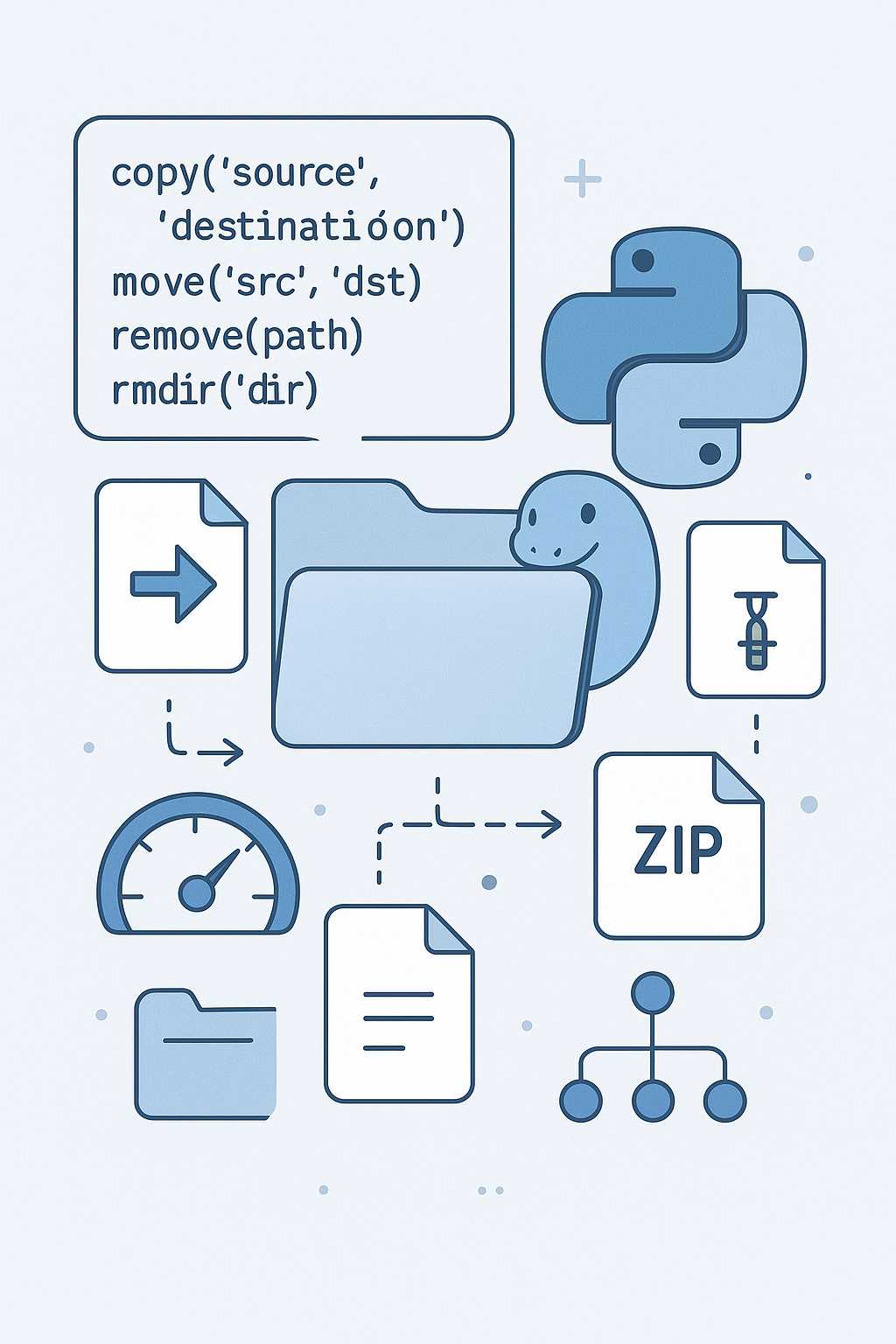
Boosting Productivity with Python’s ‘shutil’ Module: Effortless File Operations
When working with files and directories in Python, you may have welcomed the ease of using os and pathlib for basic file system manipulations. But what if you need to copy, move, or delete entire directories, or manage file archives with just a few lines of code? This is where Python’s shutil module shines. In…
-
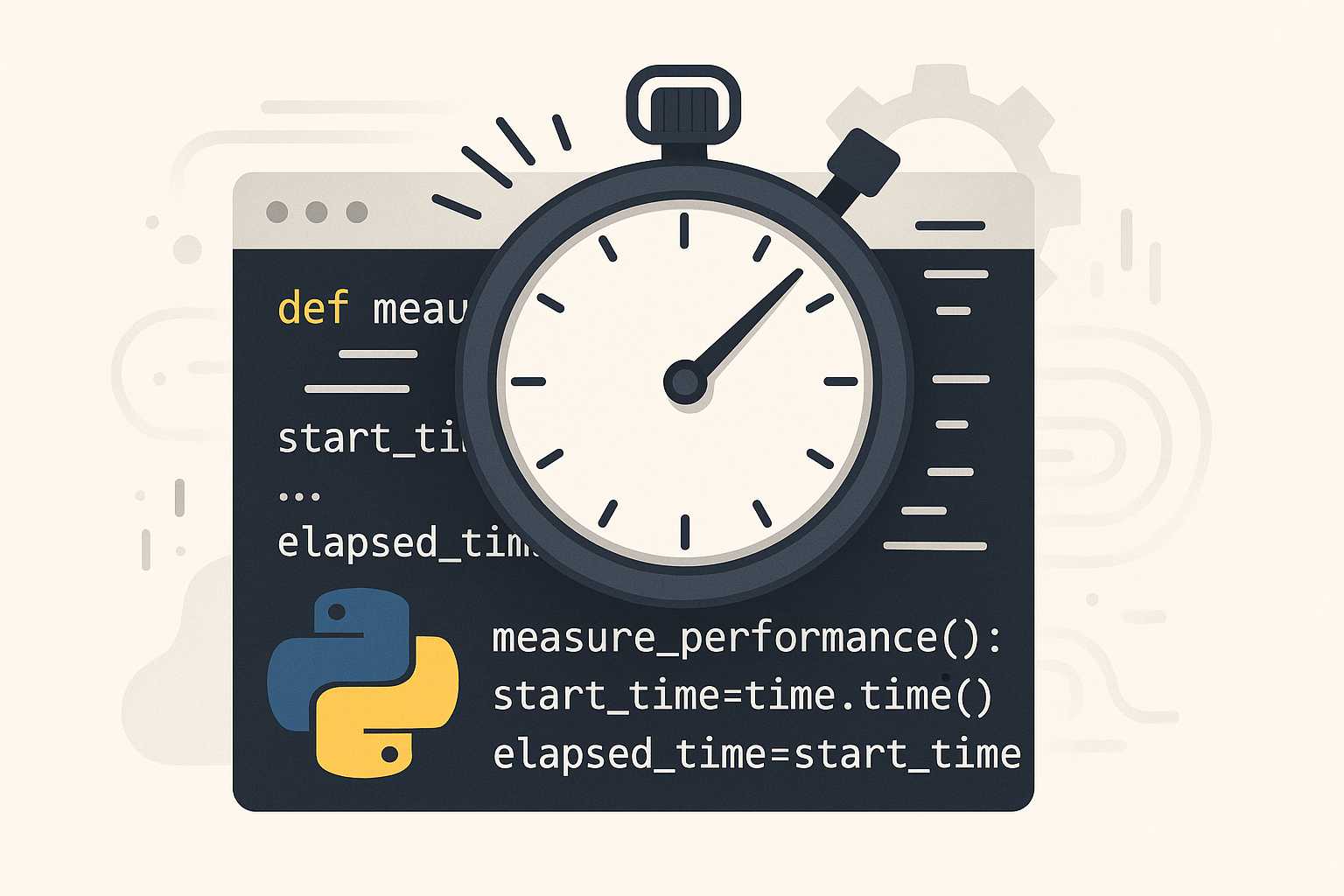
Effortless Timing in Python: Measuring Code Performance with the ‘timeit’ Module
As Python developers, we often find ourselves concerned with performance. Whether we’re optimizing a critical algorithm or simply curious about the speed differences between alternative implementations, having an accurate and reliable method to measure code execution time is essential. Enter the timeit module—a simple yet powerful tool in the Python Standard Library designed for precisely…
-
Show a simple example of a fastapi route that returns a simple value, or responds with an error. Be sure to use best practices…
john: Show a simple example of a fastapi route that returns a simple value, or responds with an error. Be sure to use best practices with the response. I want to learn how to return a response correctly from a route. Chatbot: Of course! When writing FastAPI routes, the most robust way to return responses…
-
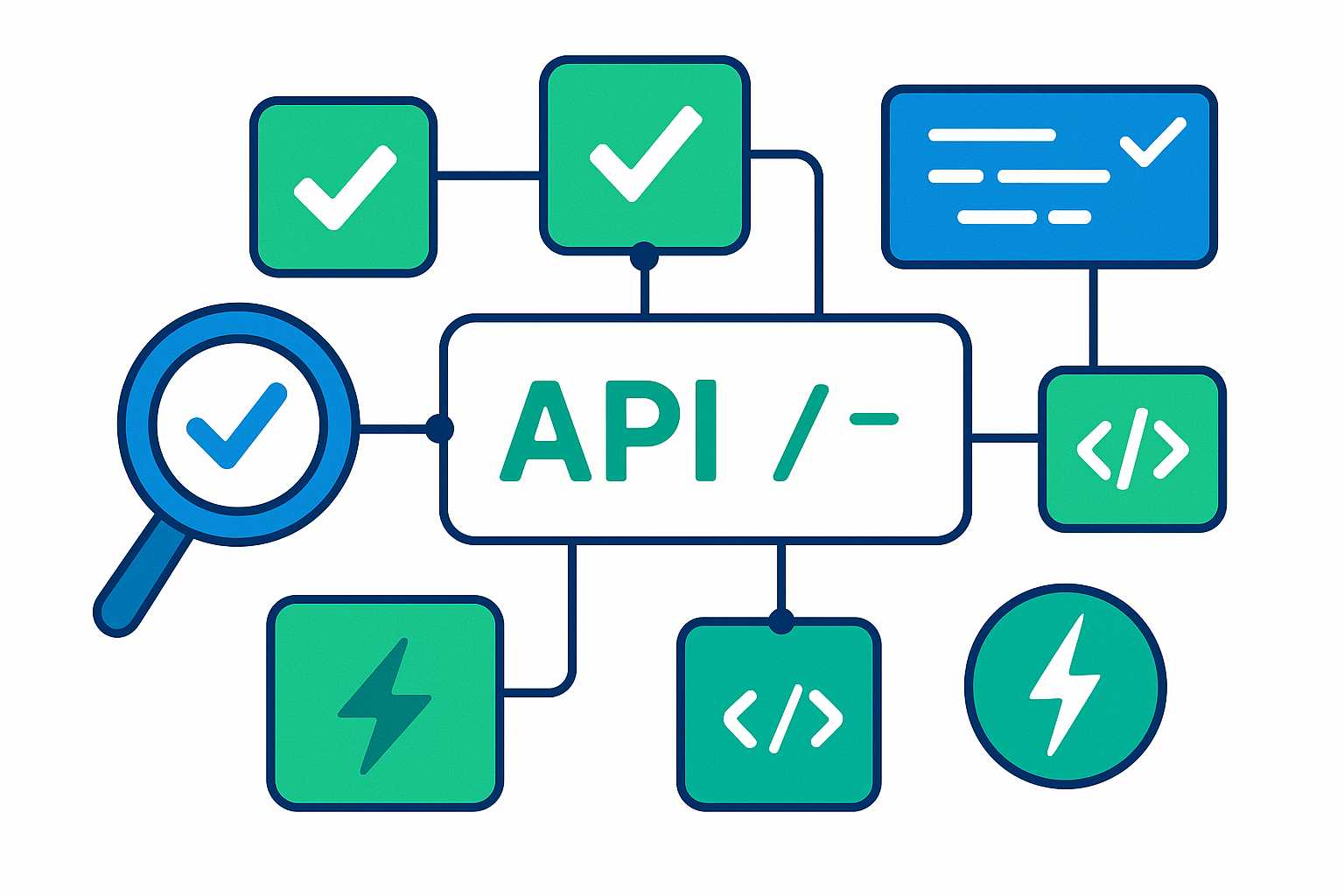
Testing FastAPI Dependencies: Techniques for Reliable Unit Tests
When building robust APIs with FastAPI, effective testing isn’t just about hitting endpoints; it’s about ensuring that all the components—especially dependencies—work as expected. FastAPI’s dependency injection system is incredibly powerful, but understanding how to write focused, maintainable tests for them can be a game-changer. In this article, I’ll walk through strategies for testing FastAPI dependencies—both…
-
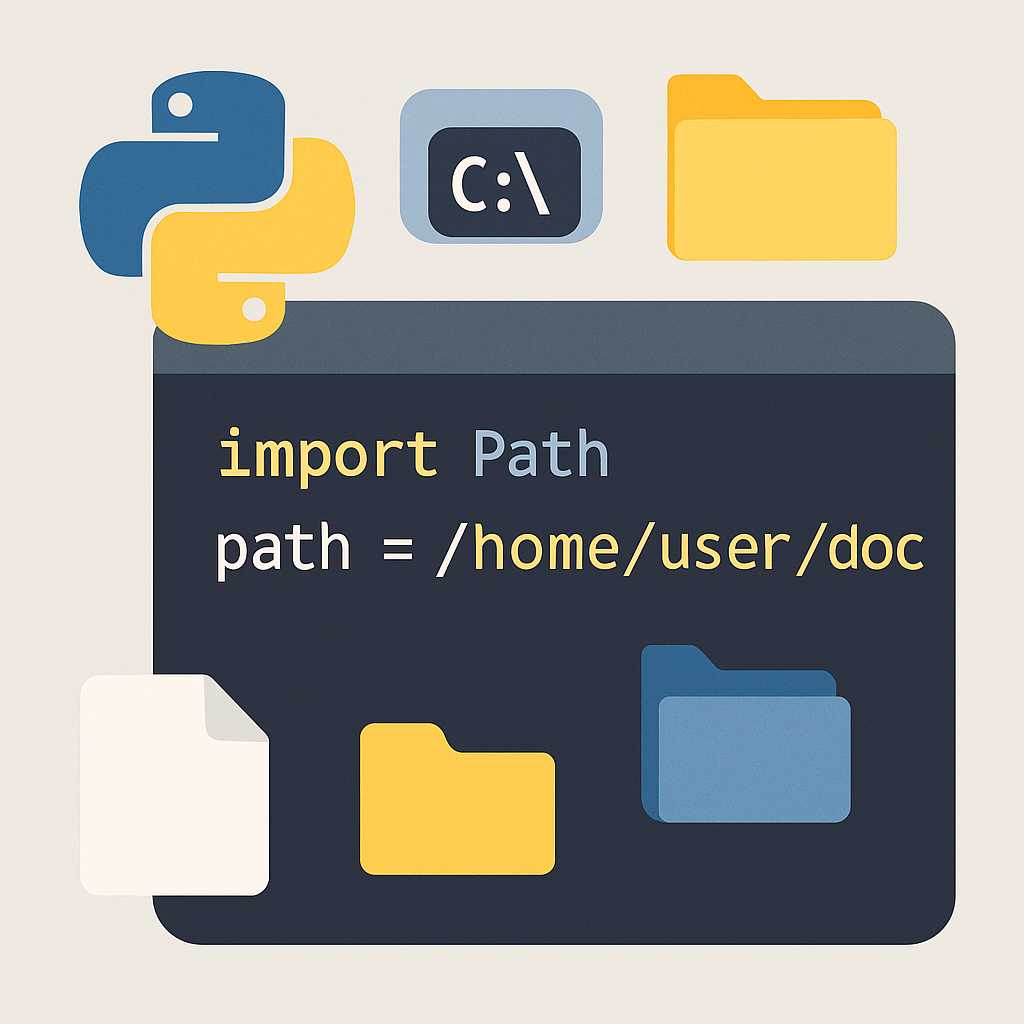
Python’s pathlib: Modern File System Paths Made Easy
Interacting with the file system is a common—and often frustrating—part of programming. If you’ve spent time with Python, you probably remember the days of wrestling with os.path, string concatenation, and subtle cross-platform bugs. Thankfully, since Python 3.4, we’ve had a much more elegant alternative: the pathlib module. Let’s dive into how pathlib streamlines file and…
-

Understanding WordPress Theme JSON: Simplifying Site-Wide Customization
WordPress theme development has evolved rapidly with the advent of Full Site Editing (FSE) and block-based themes. One of the most powerful yet sometimes overlooked tools in this modern workflow is the theme.json file. If you’re looking to streamline and standardize the look, feel, and behavior of your WordPress sites or client projects, understanding theme.json…
-
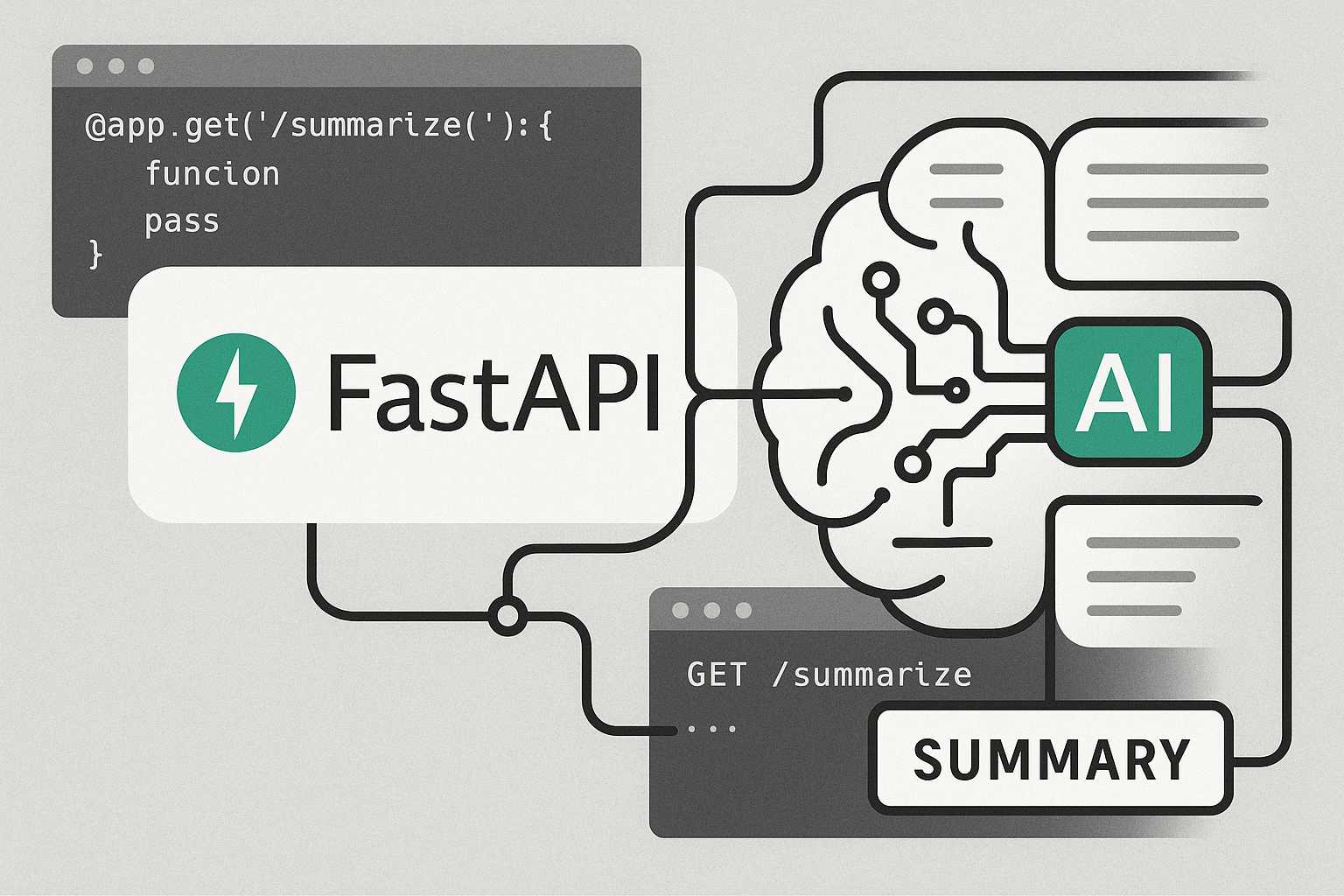
Integrating LangChain with FastAPI: Building LLM-Powered APIs
Large Language Models (LLMs) are transforming the web application landscape, and frameworks like LangChain make harnessing their power easier than ever. If you’re already leveraging FastAPI to build your APIs, you can seamlessly combine it with LangChain to introduce advanced language capabilities into your backend services. What is LangChain? LangChain is a Python framework designed…
